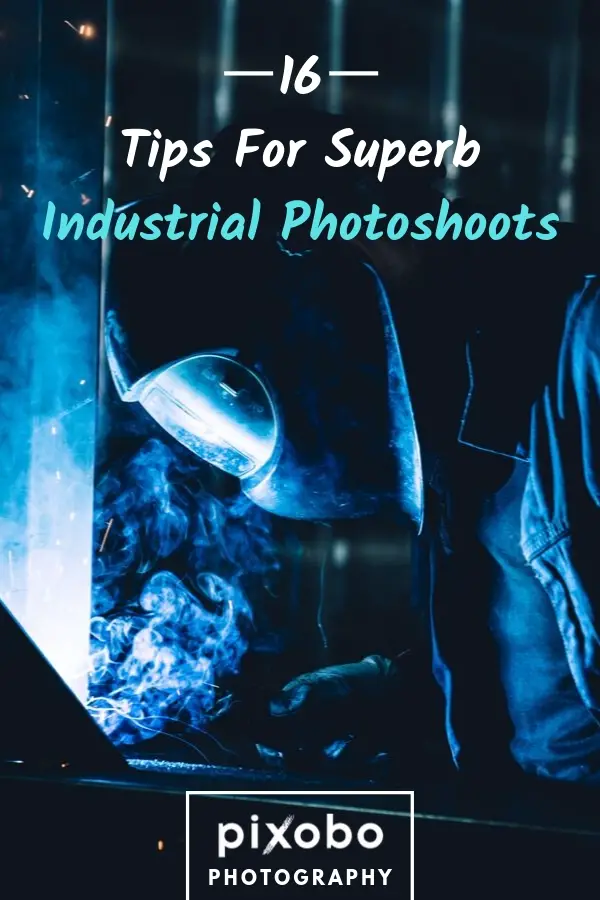Industrial photography is one of those photoshoots where safety comes first and good photography in second place. Since you are working next to machines that can easily crush you, think twice before going for that creative composition. “Is it safe?” should follow a reaction like this “Wow, this is an awesome idea for a great shot!”. Look around and be aware of your surroundings. Where your attention is and where it should be. Safety, if not taken seriously can have lasting consequences on your life. If you are standing close to machines, once they start working, there is usually no chance of stopping them immediately. It takes time to power them off, so a small accident can easily become a serious one. Maybe this danger and adrenaline rush that goes with it is the key to why some people love industrial photography so much.
Safety Comes First
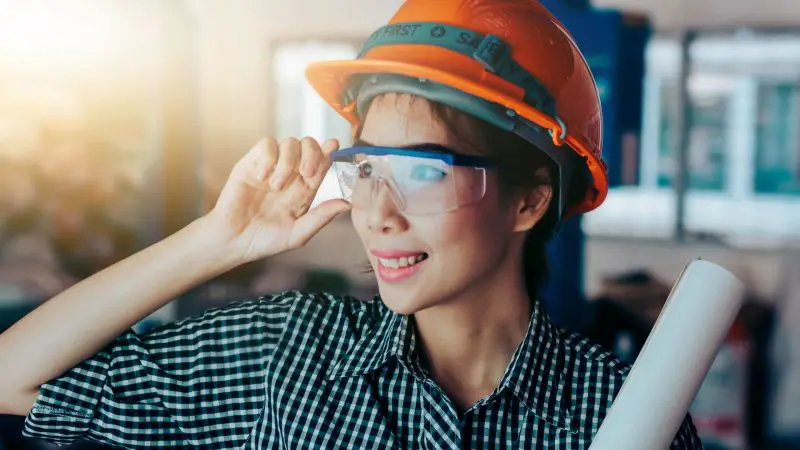
Of course, your safety is the top priority. But you also need to show the viewer that your surrounding is perfectly safe. Your work needs to communicate that everything that is happening is following safety rules and everyone captured in photos is safe.
Industrial photography has some unique challenges. While in portrait, landscape or event photography you work with people and because of that, you are able to get some emotion in the photo. That is not always possible with Industrial photography. How do you create a story when actors of the story are inanimate objects? How do you tell a story if your objects are machines only? Is it even possible?
As an industrial photographer, your job is to show experience and tell a story to an audience that probably would not experience the same emotions if they were actually there. People who are looking at these photos are investors and managers who are looking to invest in such projects. Your photography needs to paint either the significance of the location or the warmth of the structure being built. There are some tricks you can use and that we will explore in this article.
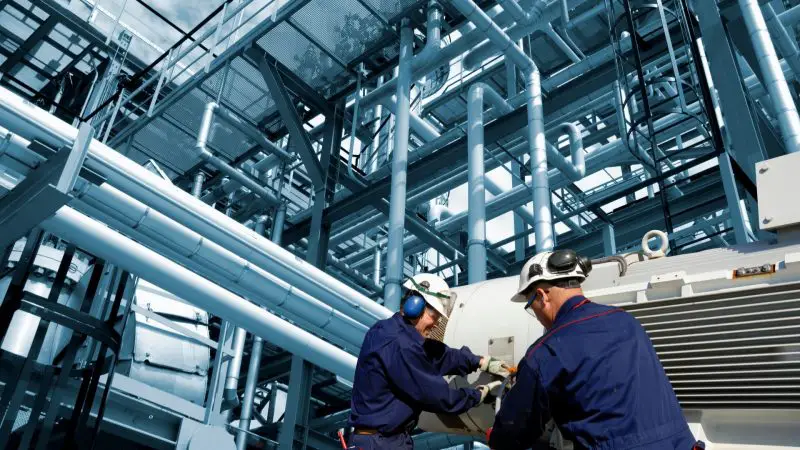
Your story will largely depend on who hired you and for what purpose photographs will be used. Usually, industrial photography jobs are to take pictures that can be used in product catalogs, showcase them on the company website, create a pitch for investors, etc. In some rare occasions, you might get hired to take artistic pictures for galleries and shows within the industry.
Industrial photography is commercial photography so keep that in mind while shooting. You might get tempted to do the work in your style, but be sure that whatever your style is, it is something that the person that hires you will agree with. This is used to represent the company to make sure it does the job.
Related: How To Make Money Taking Pictures For Companies?
Here Are Some General Tips and Ideas on How You Should Make This Happen:
1 -Always Try to Use the Company’s Logo
While taking pictures of the workers, try to catch the company’s logo on their shirts and helmets. This will give off the company vibe to everyone looking at the pictures. It will portray the company as a business that not only takes care of the safety and clothing of its people but it also takes care of its brand. This will also make sure that the company is presented as a well-organized organization.
2 – Get Dirty
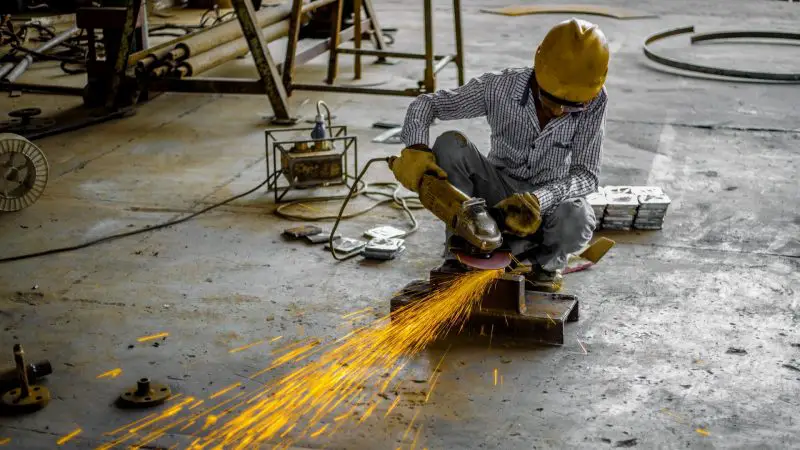
Because you’re in the industry there is a possibility that you’re going to get your clothes dirty or wet. Do not be afraid of this because this is normal and you shouldn’t wear your good looking clothes in the industrial workplace. These places can be dirty and in order to get good looking photos, you will need to crouch or even lay down on the floor.
3 – Connect the Work Area to the People
This is easily achieved with the workers holding or using tools and equipment that are meant for their working area. Of course, don’t give a hammer to the person in a business suit. It will look fake and will detract from the overall story.
4 – Always, Always Show the Safety Gear
Put helmet or a first aid kit in the background, show it. Details like this can have a great impact on the picture. The right shoes, the gloves, the safety helmet and glasses, all of this can be used in the picture.
5 – Scout the Location
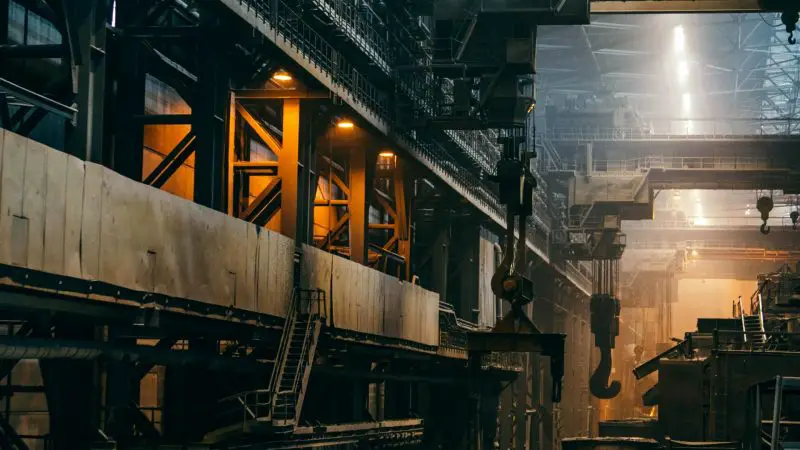
Go to the area beforehand and don’t bring your camera. If you have a camera, you will be tempted to take some pictures. This is time to look at all of the parts and areas of the factory or landscape. Plan it out. Where do you want to take pictures and which areas do you want to show off? Scouting needs to be done to make sure you have enough space to work in and to decide which equipment you will need. Nothing is more frustrating than coming into the area and not having enough space to put the lighting down or not bringing the right lighting in the first place.
6 – Make a List of Your Desired Process
Since you will want to capture everything that industry does, have a person hired that can explain this to you step by step. This will allow you to plan ahead on what and where to shoot at each step. Also, ask at what time that area is working. Maybe some areas start off really early. So, plan, plan, plan ahead. Stressing the word plan cannot be done enough in these kinds of situations where you only have a day or two to make the pictures. So, think ahead.
7 – Look for Interesting or Unusual Angles
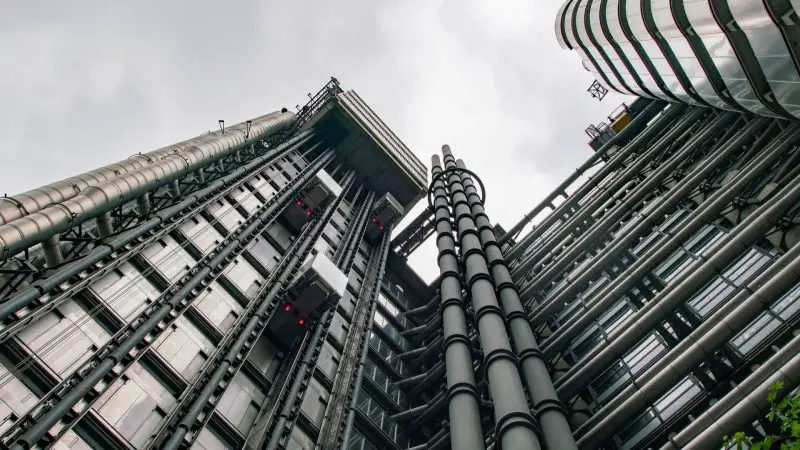
This can be achieved, if not by hand, then by a crane. Investing in these kinds of camera cranes will be useful in the long run. Take pictures of machines from the bird’s eye view. From a frog’s eye view and so on. A crane and a tripod will really help with that. So, don’t be hesitant about investing in these things.
8 – Use Go Pros to Get That First-Hand View
Go pros are a good way of getting this angle. Since they are specially created for these kinds of scenarios where you can’t simply hold a 1 kg camera. Go pros are a perfect solution for this.
9 – Move the Camera Around
Putting the camera down, like a go pro, and fixating it in one spot is not going to allow you to see the depth of a field. Moving the camera around will show you just that. It will show how far away or close some things are and how big they actually are when you put them next to a human. A picture can never give you a depth of scene like a video can. So why not even do videos on these types of working spaces. Get creative.
10 – Use Light to Create Highlights
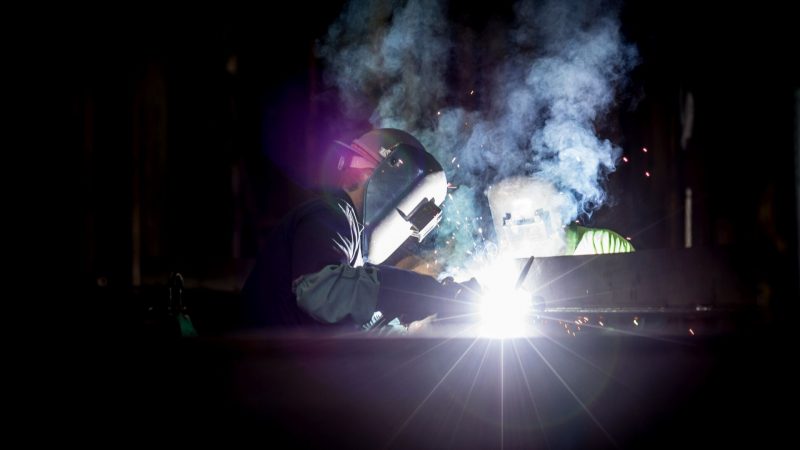
This will make the machine or a prop really stand out. In any picture, you can put a normal light to be the fill light. This light will lighten up any area and will overall give you lighting. But then if you add another light source to create highlights it will really make the things look real and almost alive. These types of tricks you can use to showcase a tool especially. When you have a worker standing with a tool in front of you. You use a light source to light his face and body. Then add that one light that is directly located on the tool itself. So, the end result will be a nice lighted picture with a pop.
Related: Low Light Tips: How To Get Good Lighting For Indoor Photos
11 – Be Ready to Destroy Some Products to Get the Real Environment Picture
Putting cameras in angles that will allow the viewers to be a part of the process is important. This will make you experience what the product itself is experiencing while being created. These types of shots are especially eye-catching. So, don’t avoid trying to make them happen.
12 – Always Bring More Clean Working Clothes
This will allow you to really portrait the working environment as clean as possible, at least in the picture. And this is all about that marketing. Getting future investors in by showing them the clean, neat and organized side of the company itself.
13 – Be Pleasant and Persistent
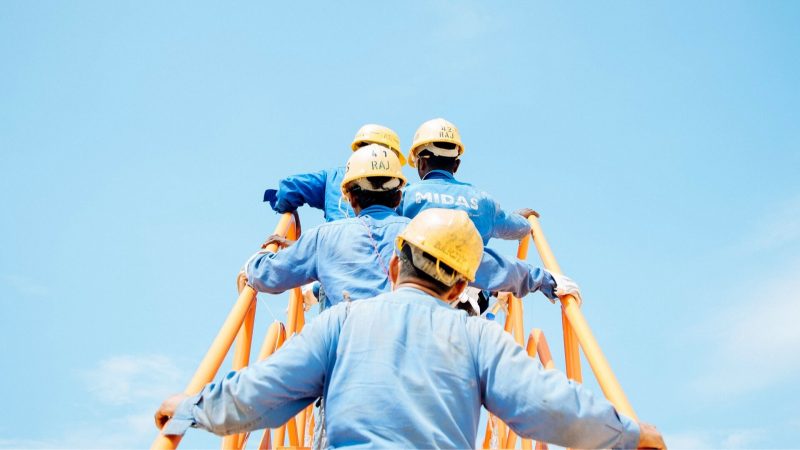
Help the workers understand your vision in a nice way. Explain to them why you want that particular shot and be persistent of getting it in the end. After all, you are the one who is getting paid for doing these photos but that does not mean that you need to forget that they are being paid to work there. So, don’t come off as too strong. Rather explain and say everything in a nice way. This will get the people on your side rather than having them being angry at you. Making the people have the desire to do the shot as much as you, will really help you out here.
Related: How To Deal With Difficult Photography Clients?
14 – Always Use More Than One Camera
This will allow you to catch all the angles at once and having them all on record when finally working on the footage after the process. Don’t use the same lens. Use different lenses on different cameras from different angles. In the end, you will have all of the footage you need to deliver just what the client asked from you.
15 – Use Photoshop to Get the Final Touch on the Picture
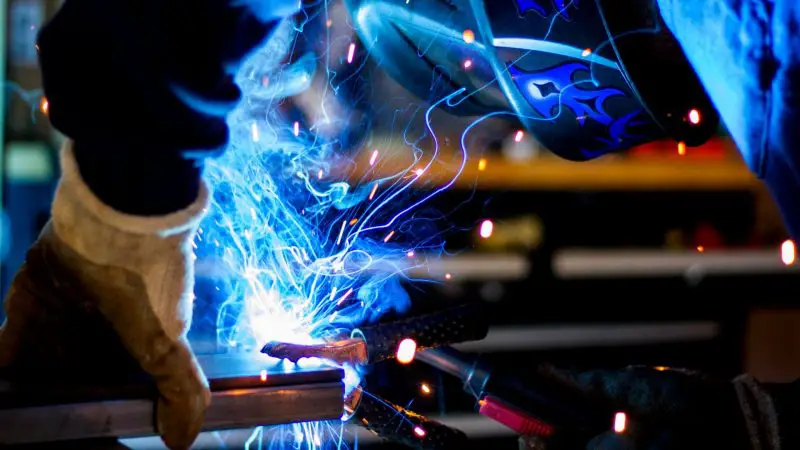
Of course, it is fine if you don’t work on the final picture, but it is always desired if you do. Getting a few adjustments here and there will make sure that the client is happy with the end result. Some pictures may need more adjustments than others, but that is, of course, your personal choice. Always ask the client if they want you to work on some of the shots. Since you are getting paid for it, let them have their vision for the end result.
Related: Outsourcing Photo Editing Services For Photographers Debunked
16- Use Colored See Through Sheets to Make the Environment Look Interesting
This will give off a much more welcoming and interesting vibe to the area. Think of it as some kind of transformers. Since they are all in different colors it looks more appealing. Leaving all metals to have their ordinary colors isn’t interesting. Nor will it give you any kind of pop. It is just a crap ton of metal in one place. No one wants to see that.
We hope these tips will help you during your industrial photoshoots!!
Also, check our basic tips for taking good photographs.
